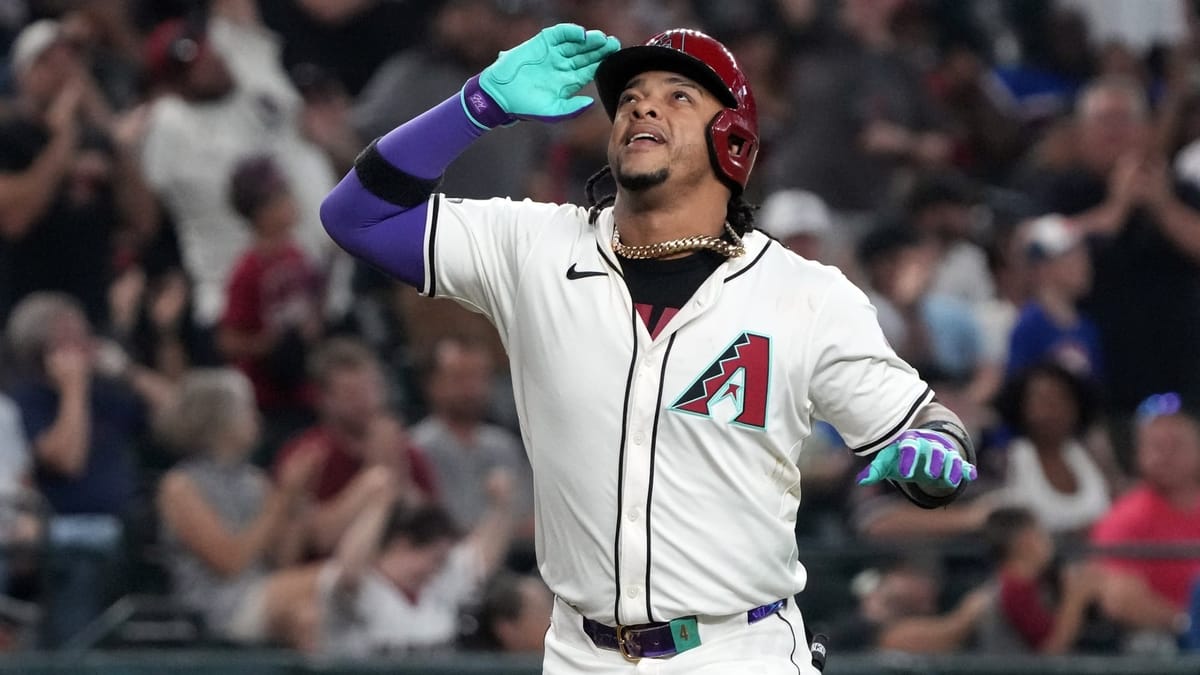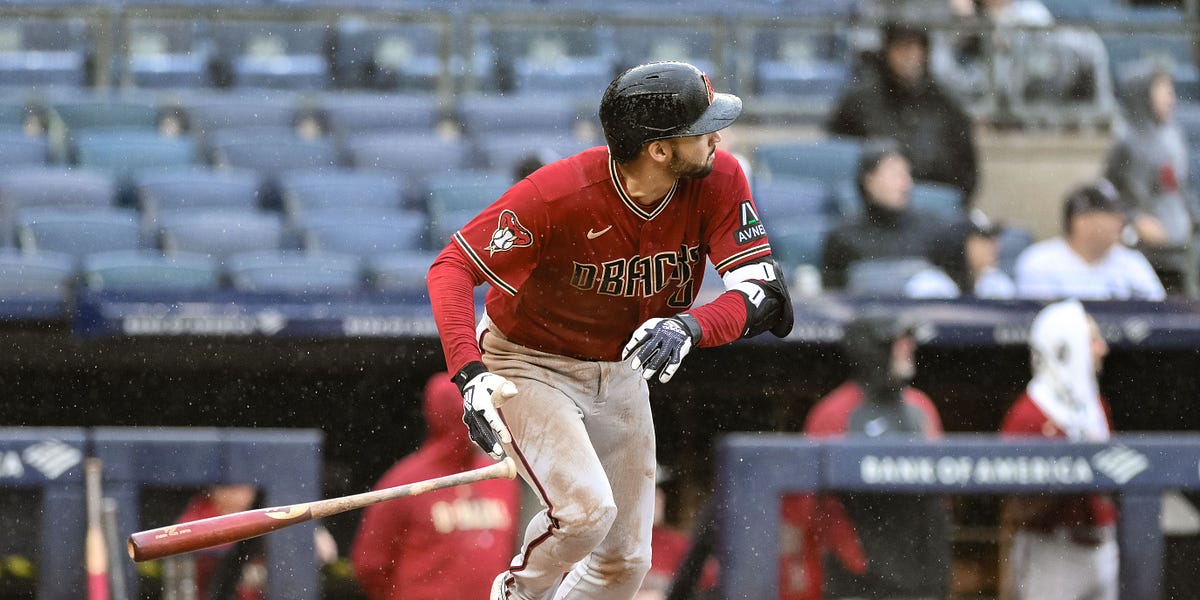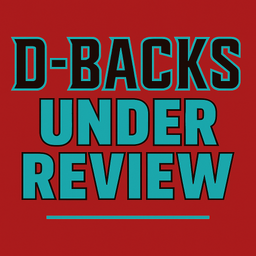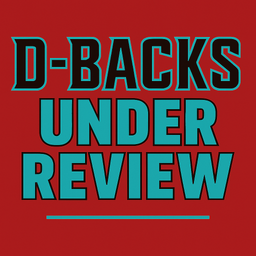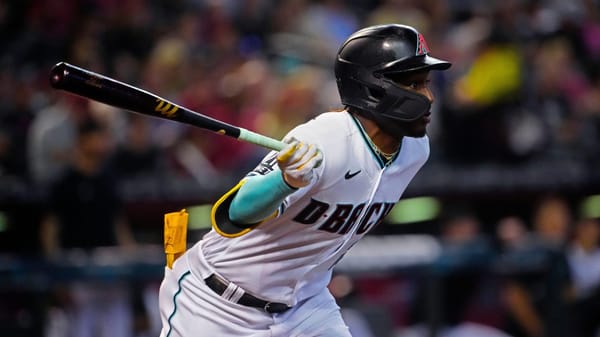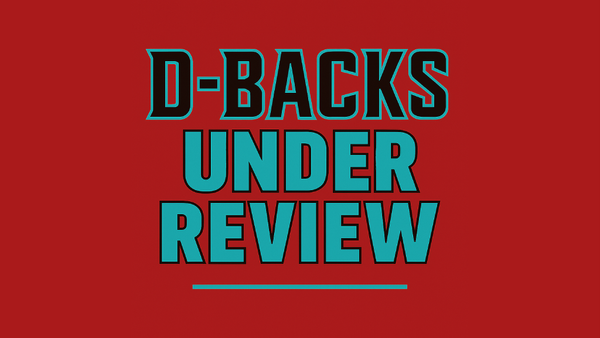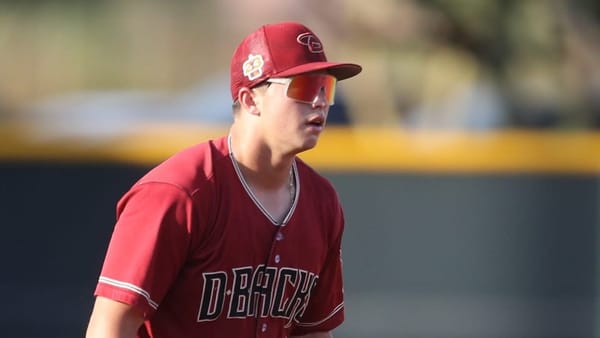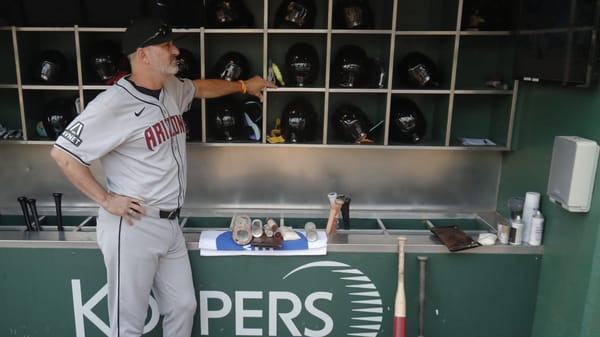Diamondbacks Face Third Base Dilemma: Blaze Alexander vs. Jordan Lawlar in 2026
The Diamondbacks face a tough decision about who their primary third baseman will be in 2026.
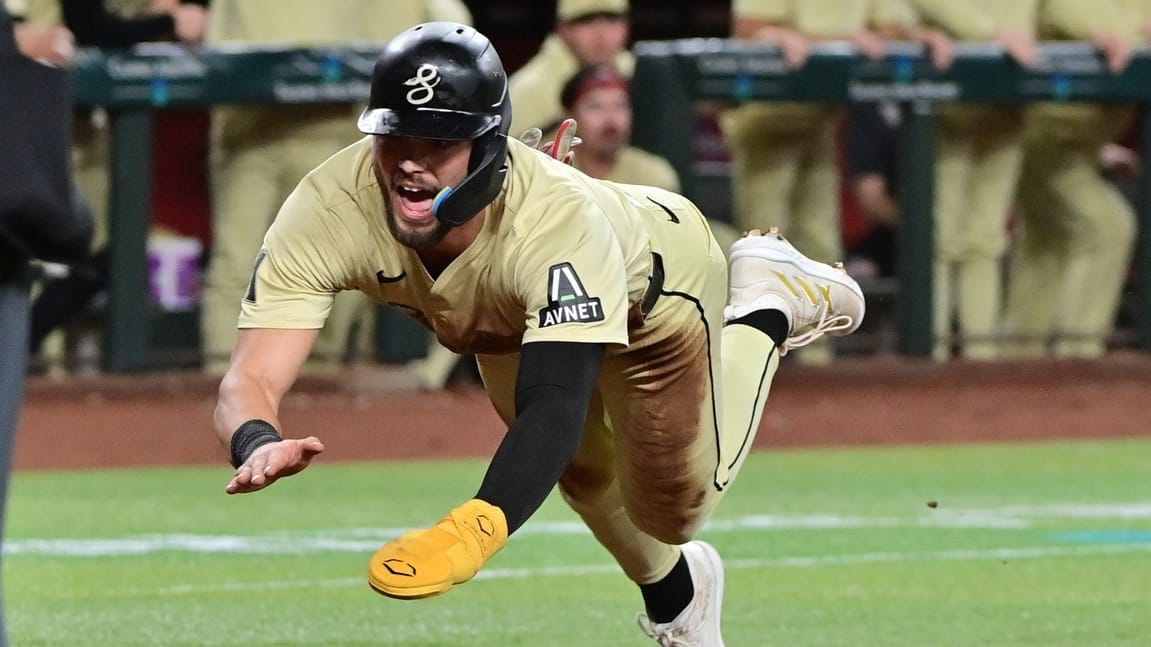
One of the biggest roster questions facing the Diamondbacks this offseason is who will anchor third base in 2026. At first glance, Blaze Alexander would be considered the frontrunner for the job entering spring. He's coming off a 1.7 bWAR (1.1 fWAR) season after taking over at third following the trade deadline.
Most of Alexander's value stems from his defense. Baseball Reference credits him with +8 fielding runs above average, while Statcast has him at +3. It's a severe improvement compared to last season, where his glove became a liability at shortstop. It has earned him more opportunities to play, especially for a club that values playing airtight defense.
However, there are concerns with his bat. On the season as a whole, he's putting up a .230/.323/.383 slash with seven home runs. FanGraphs estimates his offense to be right around what the average hitter would provide, with a 99 wRC+. While not perfect, it would still be playable if no better solution becomes available.
What Could Push Alexander Out of a Starting Role?
The decent batting numbers hide some serious issues that could push him out of a starting role. His underlying metrics are concerning. He's posting a 32.3% strikeout rate vs. an 8.3% walk rate on the season.
The high strikeout rate is very troubling, considering he doesn't have any elite offensive skills to offset that. It's difficult to project him as an everyday player. He's been caught 6 of 10 times on the bases and has 15-20 home run power at best.
Alexander's quality of contact metrics massively improved in 2025.
- Hard-Hit (95+ MPH exit velocity) Rate: 43.2%
- Barrel Rate (per batted ball): 12.8%
- Launch Angle Sweet Spot (8-32°): 35.8%
While those metrics are excellent in a vacuum, the problem stems from not enough contact. He makes pitchers throw strikes, with a 25.3% chase rate, but has a lot of swing-and-miss (30.8% whiff rate). As such, Statcast's expected stats peg him with a .219 xBA, .382 xSLG, and a .309 xwOBA.
The second major issue is his severe platoon splits. He's putting up a paltry .226/.303/.365 slash (88 wRC+) against right-handed pitching this season. He's struck out in over 34% of his plate appearances while walking in just 6%. His numbers against lefties are much better, with a .239/.357/.423 slash (120 wRC+). His walk rate jumps to 12.9% compared to a 28.2% strikeout rate.
That alone should make him playable as the primary DH against left-handed starters. He'll start in the field, with the normal starter he's replacing going to DH. Even if he starts primarily against lefties, Alexander likely sees a 50/50 split between facing righties and lefties.
If the D-backs are concerned about his production against right-handed pitching, they could always bring in a platoon bat at third. Yoan Moncada comes to mind as a free agent, as he's hitting .240/.344/.471 against righties, but is a terrible defender (-13 FRV, -10 rField). Given how much poor defense negatively affected the 2025 squad, that could be a non-starter.
Barring a trade, the starting third base role could come down to him or former top prospect Jordan Lawlar.
Where Does Jordan Lawlar Fit?
The D-backs were hoping to get looks for Jordan Lawlar, but he struggled defensively in his sparse playing time in 2025. He made errors in bunches, something that will get a player in manager Torey Lovullo's dog house quickly. At the end of the season, they were utilizing him strictly as a DH/pinch-hit option.
There are some positives to take away for the former top prospect. Despite the ugly start, he'll finish the year hitting .286 with a .790 OPS in September (39 PA). With more confidence that he can handle major league pitching, he can take that into the offseason and try to win the role.
There are plenty of incentives for Arizona to prioritize Lawlar over Alexander. They spent $6.71 million on his signing bonus after selecting him sixth overall. He was supposed to be the shortstop of the future, but Geraldo Perdomo's 2025 extension and breakout forced a change in course.
2026 is a critical year for Lawlar to establish himself as a major leaguer. Injuries have robbed him of opportunities over the past two seasons. He's going to have to show up next spring and show the coaching staff that the investment in him was worthwhile.
If Lawlar wins the third base job, that shifts Alexander to a utility role. The latter has appeared at third base, second base, left field, and center field this season. His defensive versatility should get him on the field.
Whether Alexander’s recent success or Lawlar’s draft pedigree wins out, the D-backs' decision could shape the infield in 2026 and beyond.
Related Content
